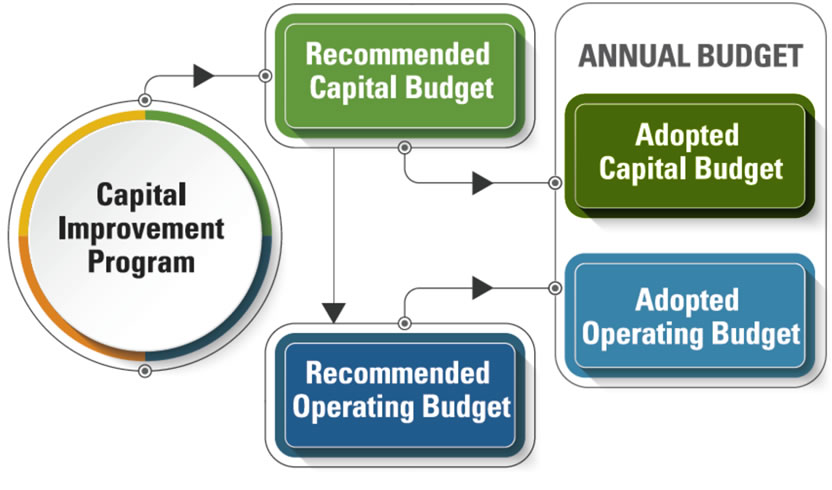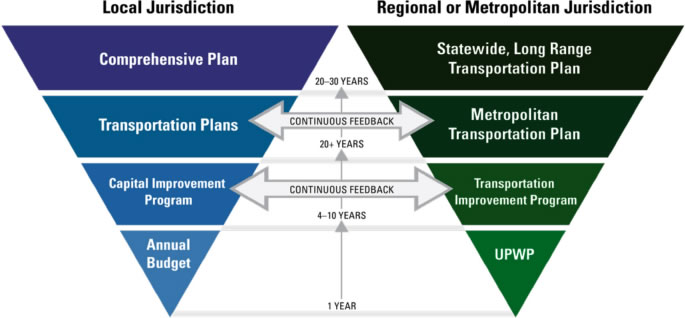

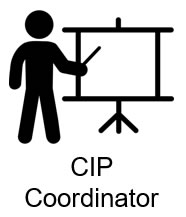
Coordinator, and set a schedule If the CIP is implemented for the first time, the local government creates a legal framework for the adoption of the CIP and establishes roles and responsibilities for its development.
Each year, the CIP coordinator establishes a schedule for all local officials with specific deadlines for completing each step of the CIP development process.
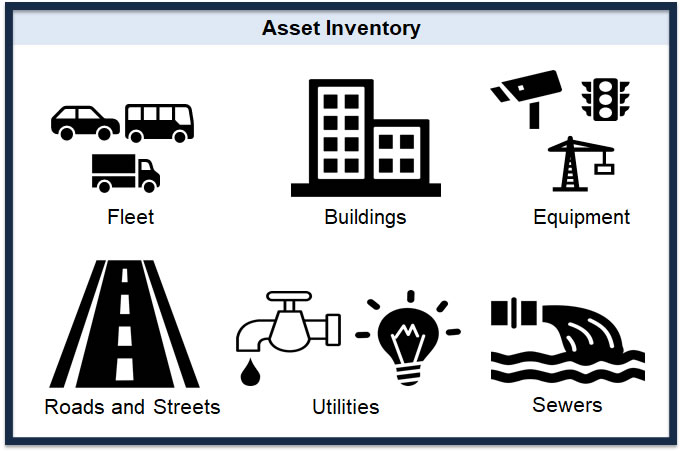

The capital projects that are already underway should be reviewed to evaluate:
Assessment of recent trends and projections of revenues and expenditures, including debt and other liabilities.
Results of this assessment helps the CIP coordinator propose a CIP with a funding source schedule aligned with community's fiscal policies and financial constraints.
The CIP coordinator solicits capital improvement project requests from all local agencies and departments ranked in order of priority.
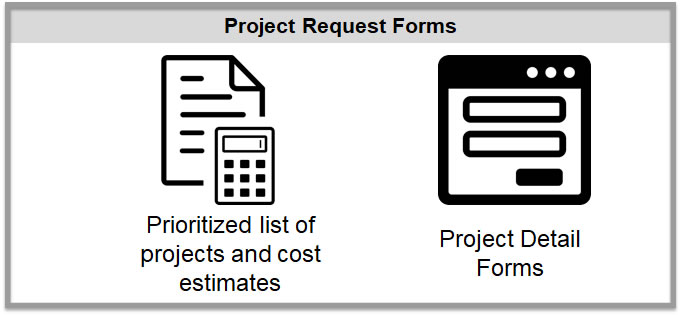
The CIP coordinator convenes several meetings that include the local government's departmental leadership to review, discuss, and critique the project proposals received.
In this step, public's perspective is gathered and incorporated.
Generally, projects are prioritized using a scoring system based on established criteria to assess the value that each project brings to the community.
This step results in a list of projects selected to be included in the CIP in order of priority.
Example of Scoring System from Vanderburgh County, VA
| Criteria | Criteria Explanation | Points | |
|---|---|---|---|
| Safety Improvements (40%) | Funding and Support (20%) | Is there an accident history along the project site? | 10 |
| Road accident history include fatality or high injury rate? | 15 | ||
| Projects that will mitigate a hazard in locations. Does the project reduce conflicts and/or provides safety mitigation for any potential vehicular conflicts? | 5 | ||
| Multi-Modal Benefit | Is there an accident history along the project site? | Is there an accident history along the project site? | |
| Road accident history include fatality or high injury rate? | 15 | ||
| Development and Connectivity (40%) | Contribution to Focus Areas (Land Use) | Project is located in or directly serving a regional TIF District. | 15 |
| Project is located in or directly serves a development, industrial center, or employment core. | 5 | ||
| Connectivity of Corridor | The project completes a gap in a corridor (i.e. is the roadway on either end of segment constructed to County standards?). | 10 | |
| Funding and Support (20%) | Non-county funding secured | Project is on the Statewide Functional Classification Roadway Network and eligible for Federal Funding. | 5 |
| Project Support | Project is included in a local plan (transportation plan, corridor plan, etc.). | 5 | |
| Project has received stakeholder support (project discussed in stakeholder meeting; 1 person =5, >1 person = 10) | 10 | ||
| Total | 100 |
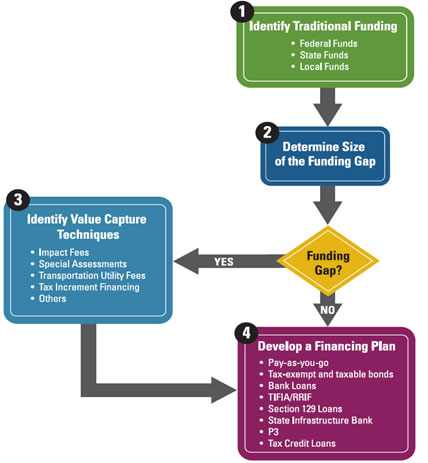
The CIP coordinator prepares the draft CIP and submits it to the governing body for its review and adoption.
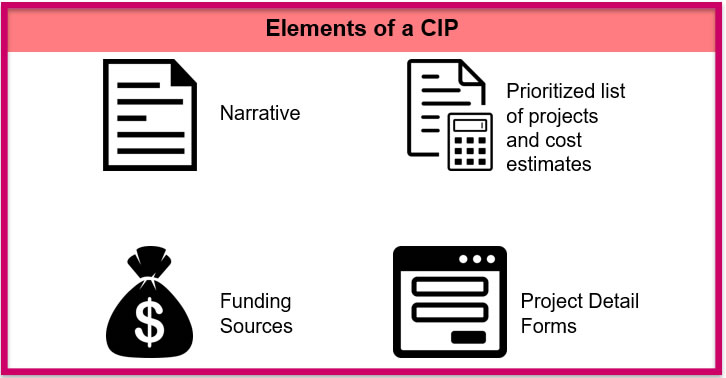
The governing body reviews all recommended projects included in the CIP draft putting special attention to:
Public and representatives of public groups and organizations also have the opportunity of reviewing the CIP
The resulting CIP and capital budget are adopted.
Execute the approved CIP

Update the CIP

